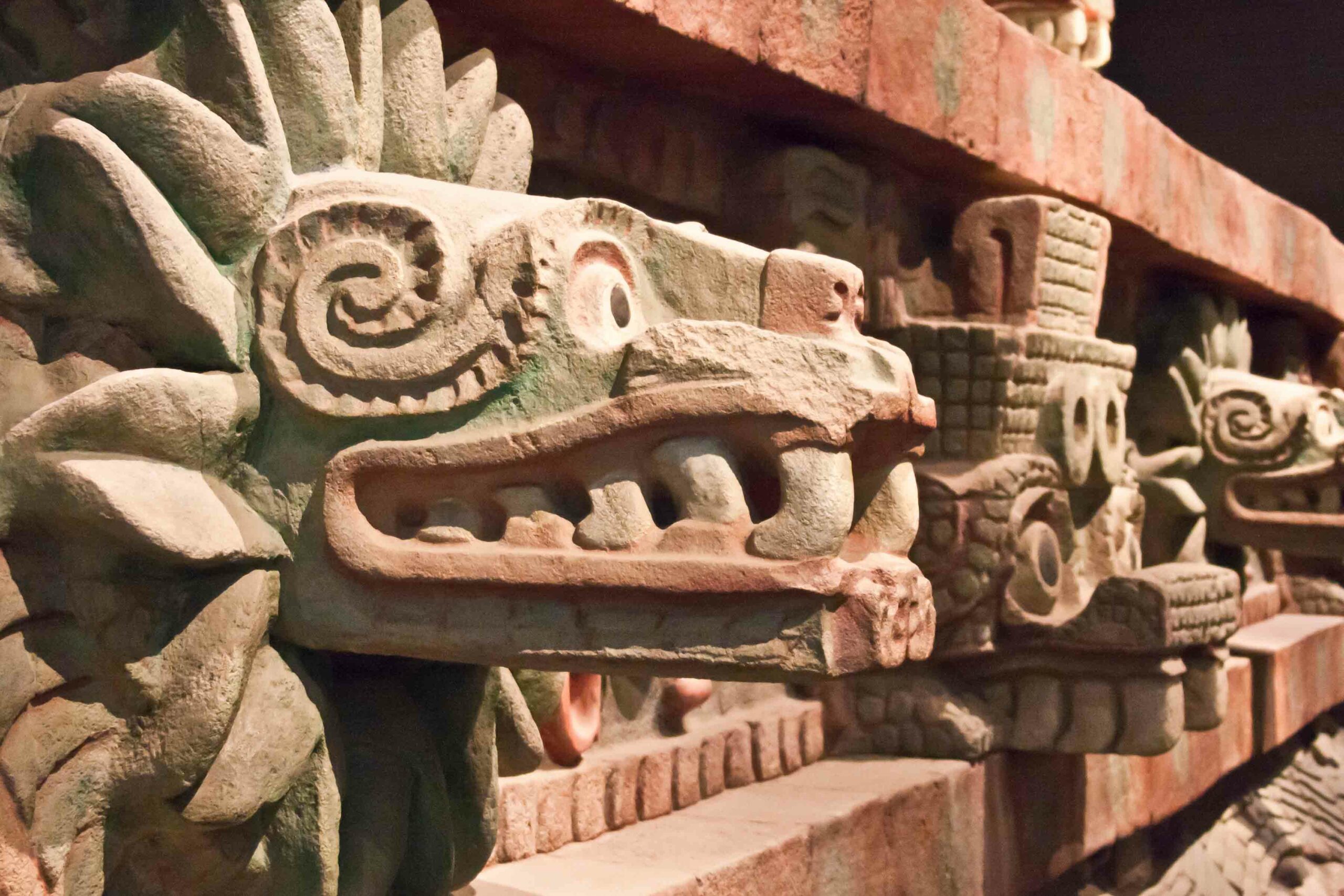Latest News
-
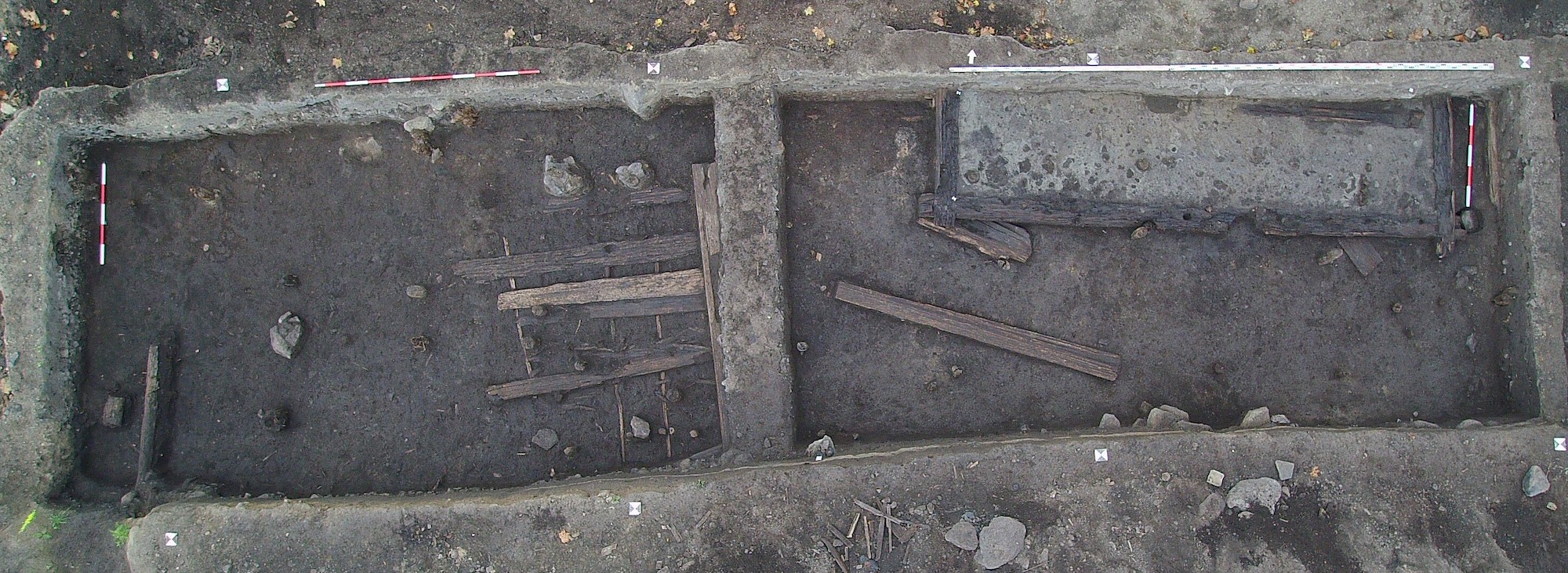 Czech National Heritage Institute
Czech National Heritage Institute -
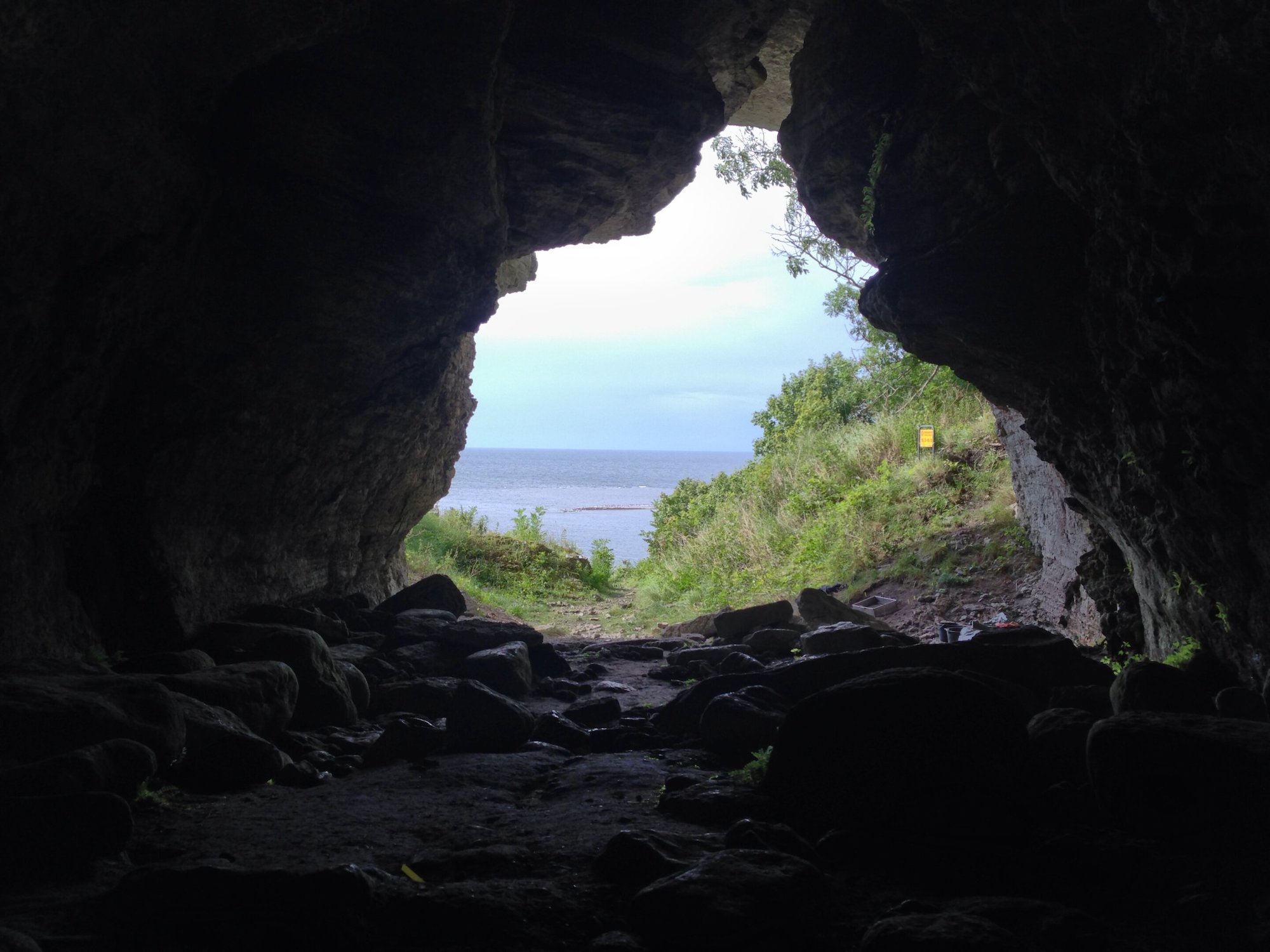 Jan Storå
Jan Storå -
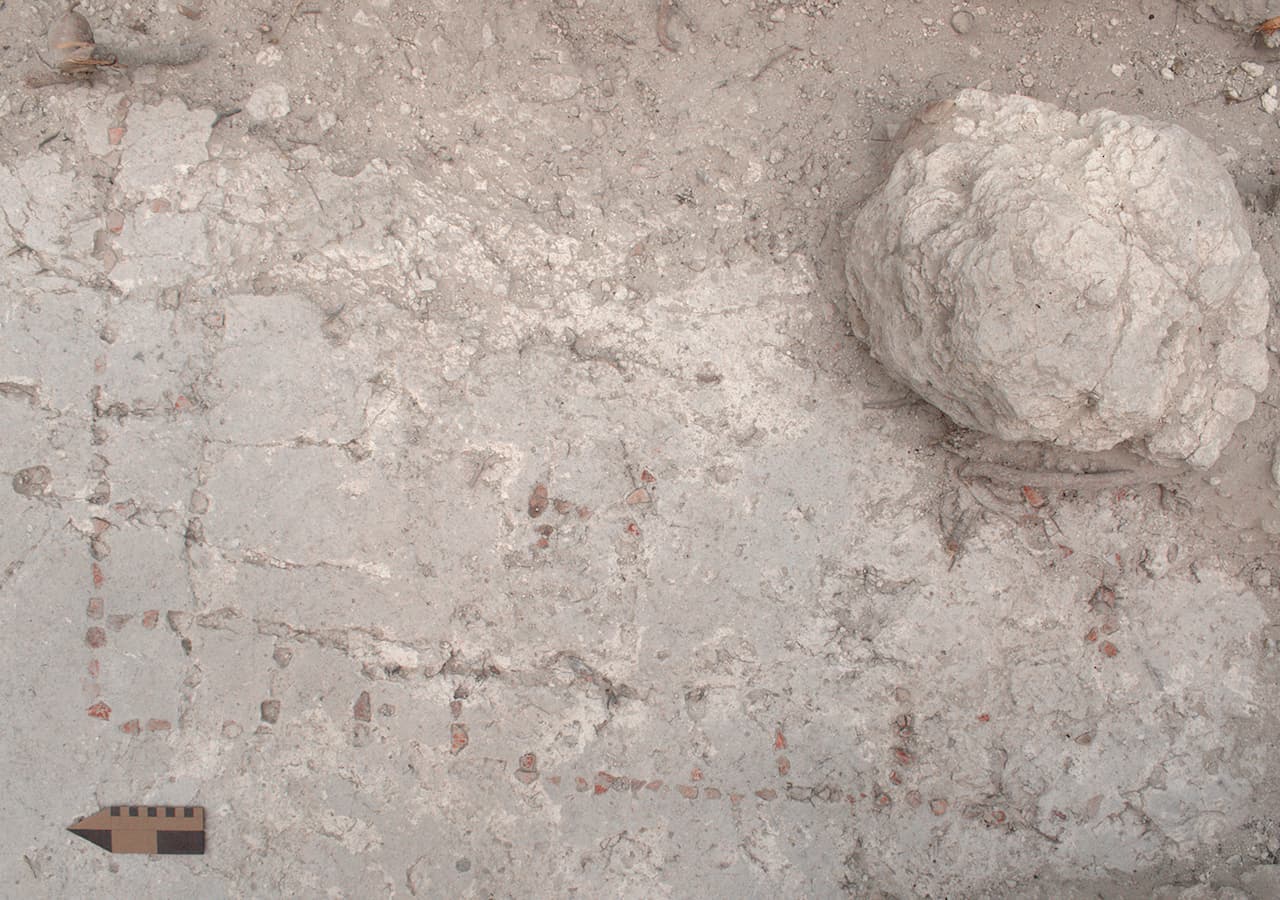 Hiquet and Méreuze 2025, Latin American Antiquity
Hiquet and Méreuze 2025, Latin American Antiquity -
 Cyprus' Department of Antiquities
Cyprus' Department of Antiquities
-

-
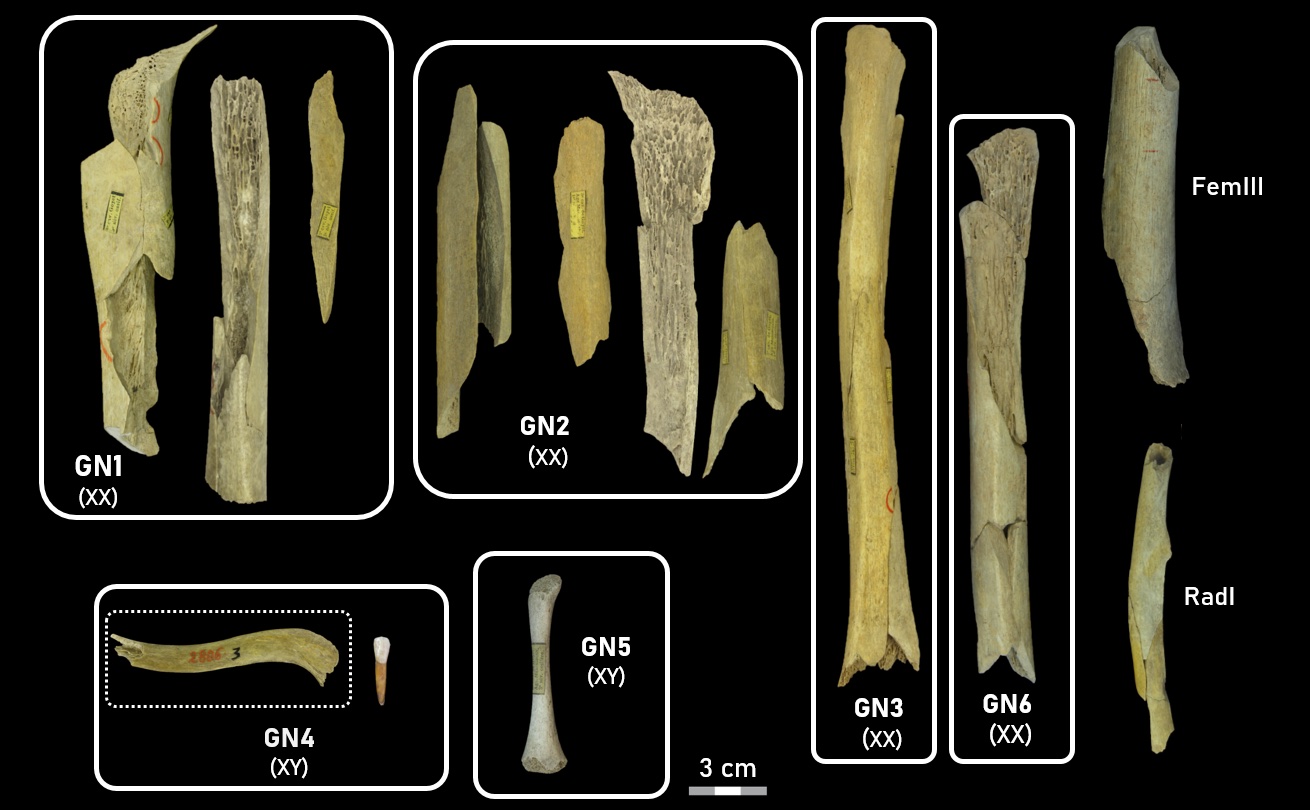 © Royal Belgian Institute of Natural Sciences /Scientific Reports
© Royal Belgian Institute of Natural Sciences /Scientific Reports
-
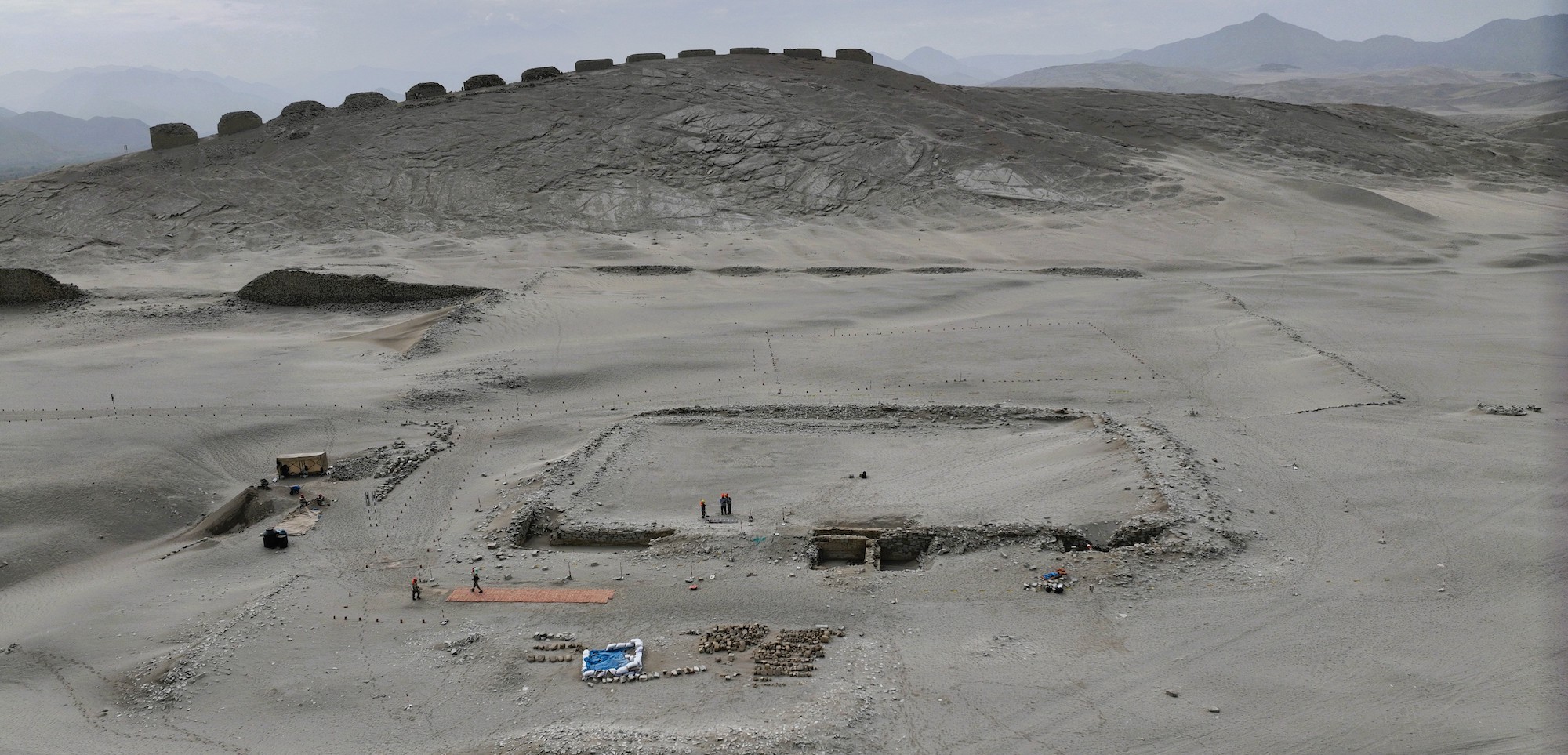 Peruvian Ministry of Culture
Peruvian Ministry of Culture -
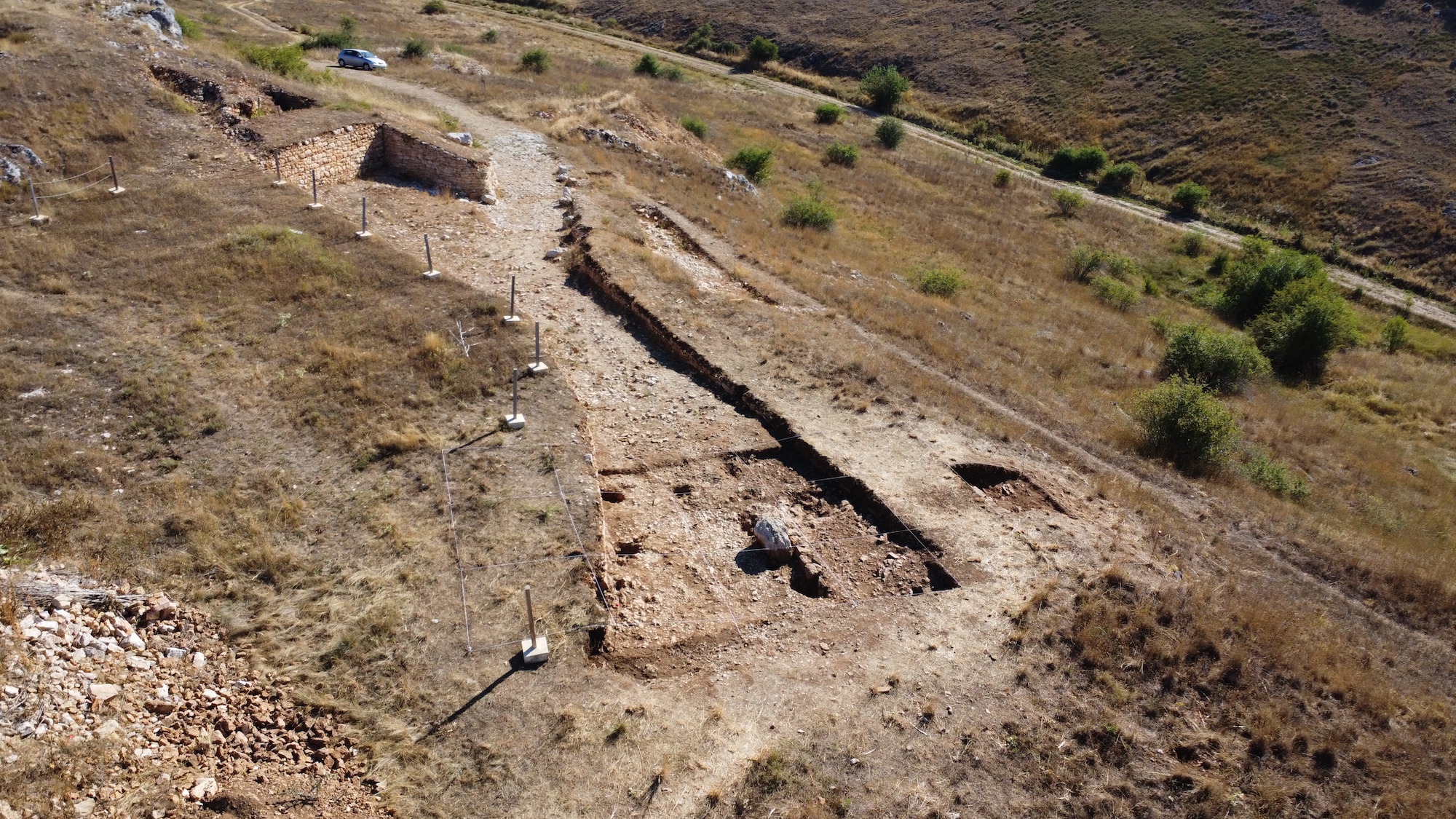 Santiago David Domínguez-Solera
Santiago David Domínguez-Solera
-

-

-
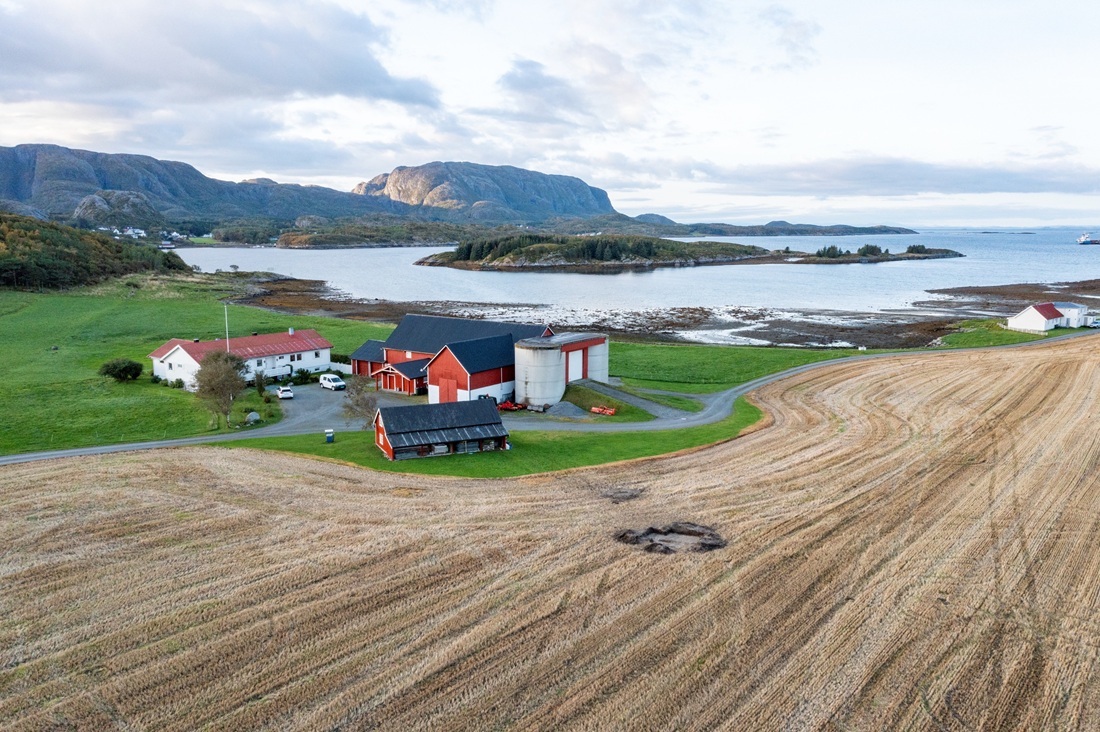 Kristoffer Rantala, NTNU Science Museum
Kristoffer Rantala, NTNU Science Museum -
 Egyptian Ministry of Tourism and Antiquities
Egyptian Ministry of Tourism and Antiquities -
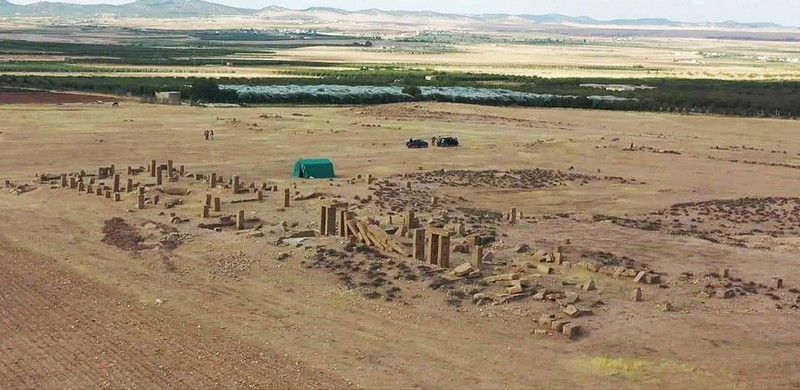 Ca' Foscari University
Ca' Foscari University -

-
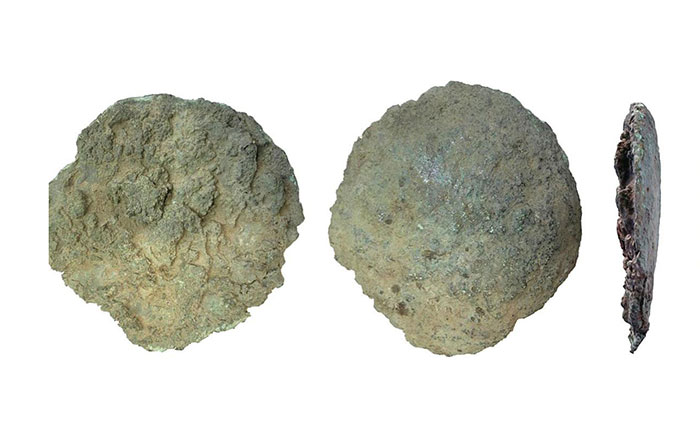 University of Gothenburg
University of Gothenburg -
 Jacob Morales
Jacob Morales -
 Peter J. Brown
Peter J. Brown -
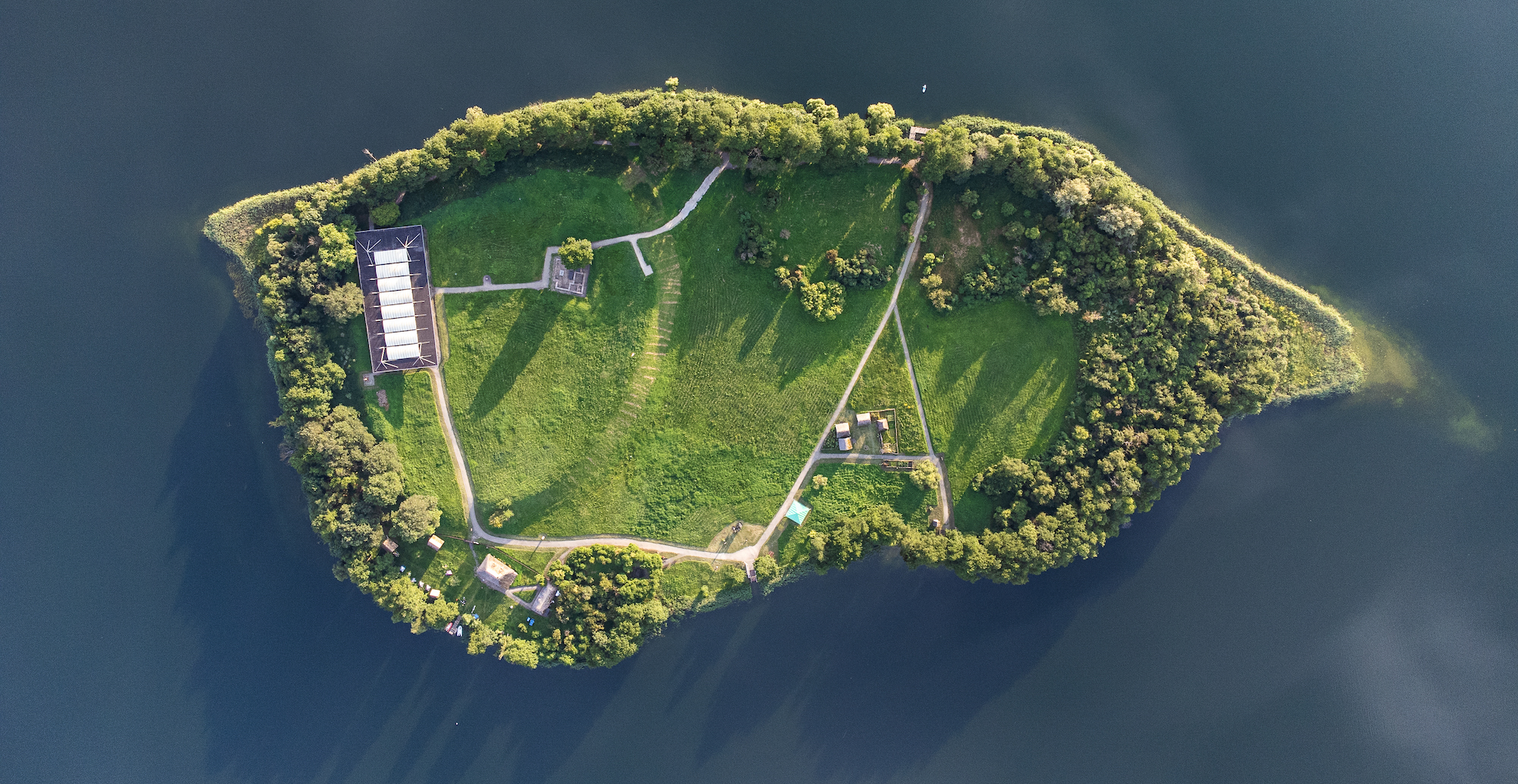 M. Popek
M. Popek -
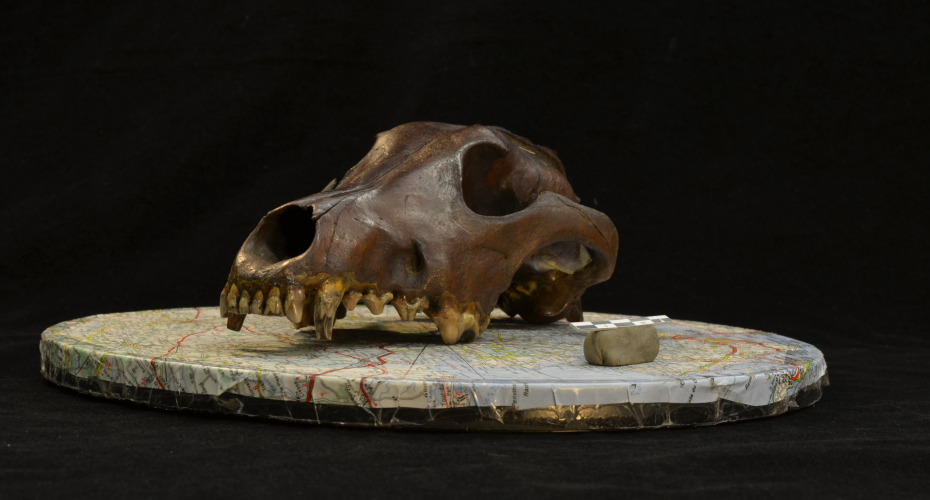 C. Ameen, University of Exeter
C. Ameen, University of Exeter -

Loading...


